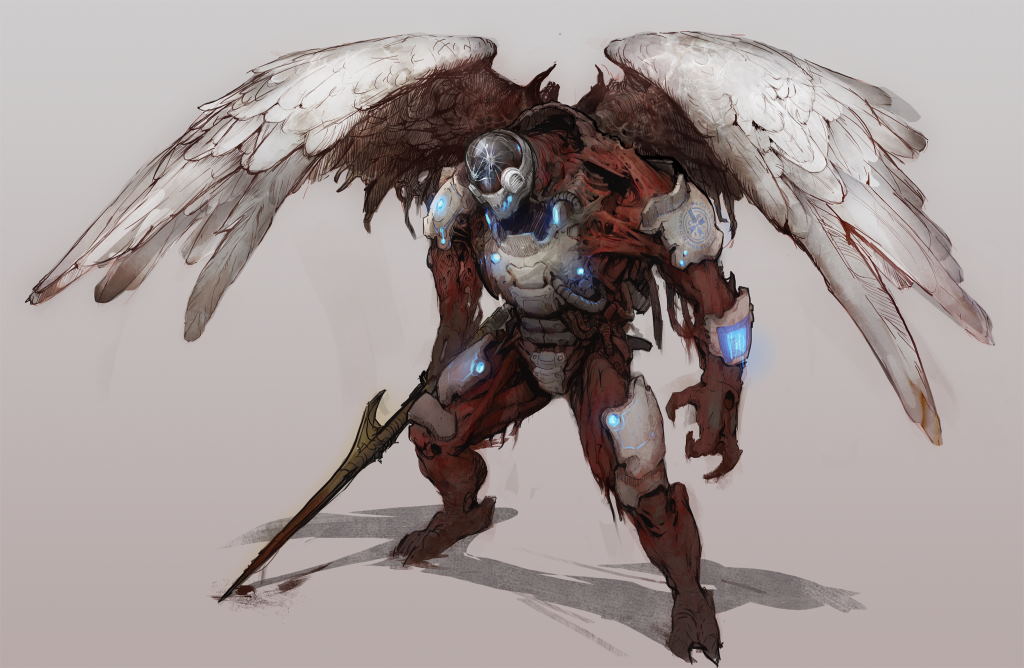

It helps that there are also passive and active abilities that you can switch in and out between fights and item collecting layouts that help with that, like card destroyers, upping the likelihood of Wyrm Cards or giving you extra undos, changing a card to fit the combo better, or shuffling the entire deck to the same goal… I liked using those abilities, even if they’re usable once per layout, with the exception of finding recharge totem cards. Wyrm cards, the wild cards of the game that let you, in the right circumstances, stretch out some really nice combos… When I see a good layout, I’m really tempted to let it play out, sod the resistances and the fact I can’t block any of their attacks… Others that raise your defense without needing to block.

…Oh gods, sometimes you don’t want to equip, because damn that layout refreshes after you equip, and this one is such a sweet start! Special cards that damage, sometimes big ones. It’s one I’ve mostly won, up to this point, and handily so on Normal (not a bad thing, I enjoy games that want me to see the content, then optionally let me challenge myself), but it’s also one where, if you don’t pay attention and equip accordingly for your enemy, you’re going to get damaged, and health only heals, with a few exceptions, after the chapter’s done. Since items take a turn, and, similarly, you don’t want to waste a combo when it appears, it creates this interesting back and forth.
#Jupiter hell bethesda free#
Which, if you time it wrong, lets the enemy get off a free hit on your sorry ass. There is at least one magic and physics block, but it relies on long combos, because its basic form is weak.) Gah, look at the shoddy craftsmanship here, my mother could stitch better than that!Īnd also, when the layout’s low, you may have to waste an action refreshing. Because the suit of the card charges your abilities, in Basic Attack (A dagger), Magic (Your major damage output, since you are, after all, a mage), and Defense (Which, with only a few exceptions, is physical or magical. The combos are important, yes, and getting nice, long ones definitely has its benefits, like a lot of extra damage if you play your cards right (heh), but the suit of the card is quite important, and there are other things to think about. You see, it’s not just the combos you have to think about. The solitaire part was okay, as solitaire often is (although we’ll get back to that), and the story was… In a way, interesting in how it uses minimalism, but the combat… Ah, the combat is where I felt at home, and looking at the layout with an eagle eye. And, on reflection? In a calculating, analytical way, I was.

With Ancient Enemy, I was at area 7 before I really thought about whether I was enjoying myself. I’ve always found them at least okay, within the limitations of the kind of solitaire they invariably use (go up and down the numbers, as far as you can, using abilities to help with this.) But they’ve never really grabbed me. I have not, perhaps, had the best of histories with solitaire RPG type experiences.


 0 kommentar(er)
0 kommentar(er)
